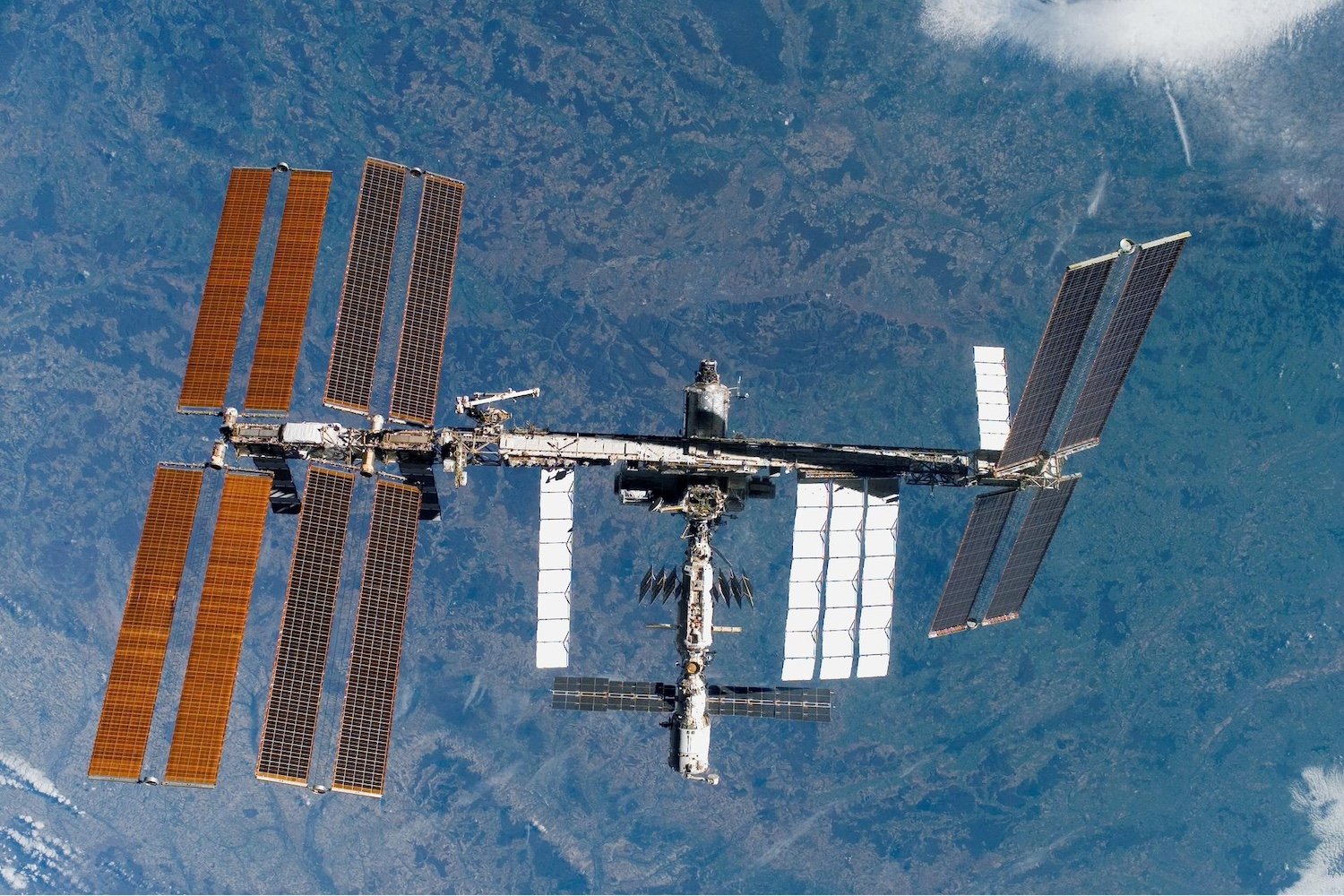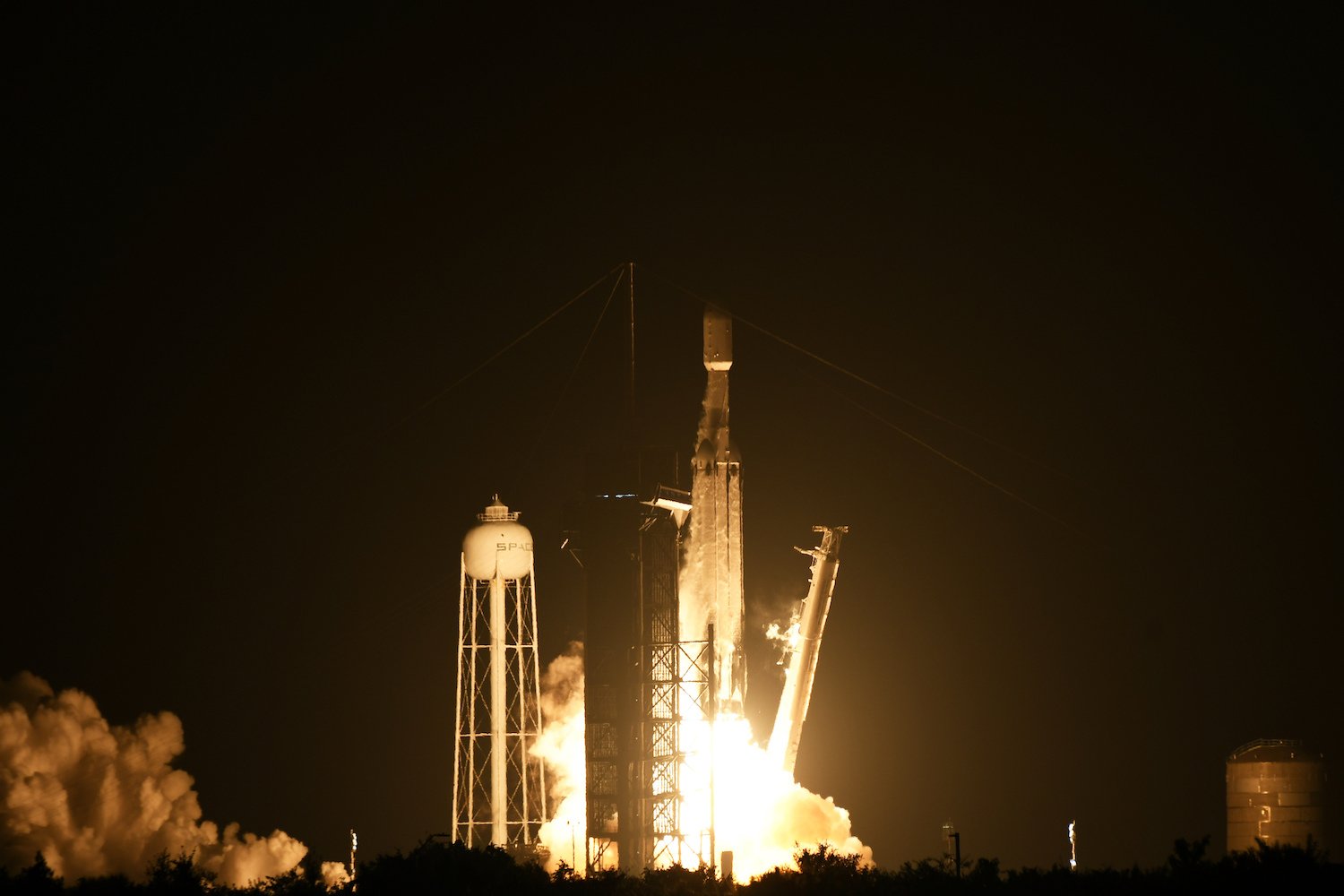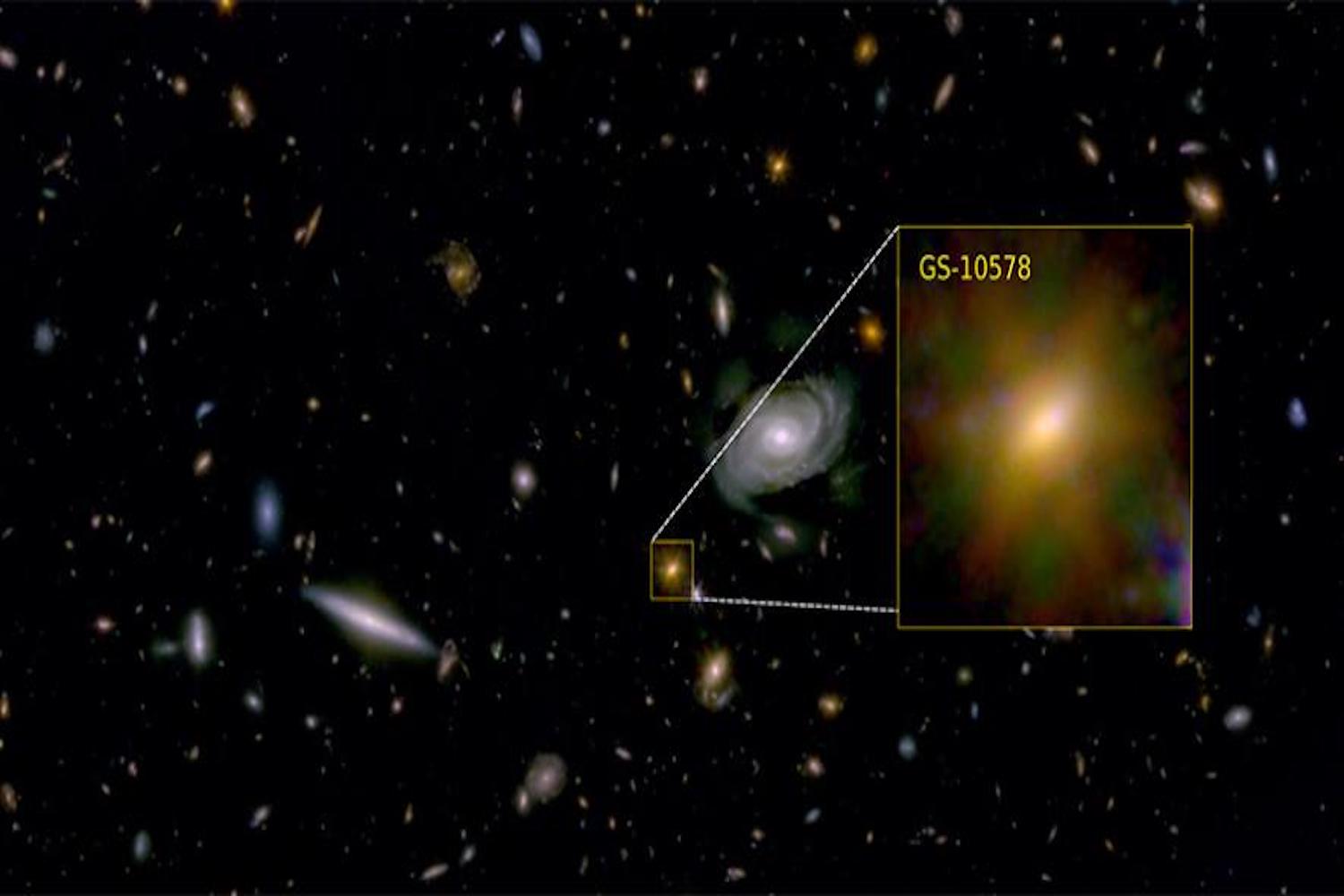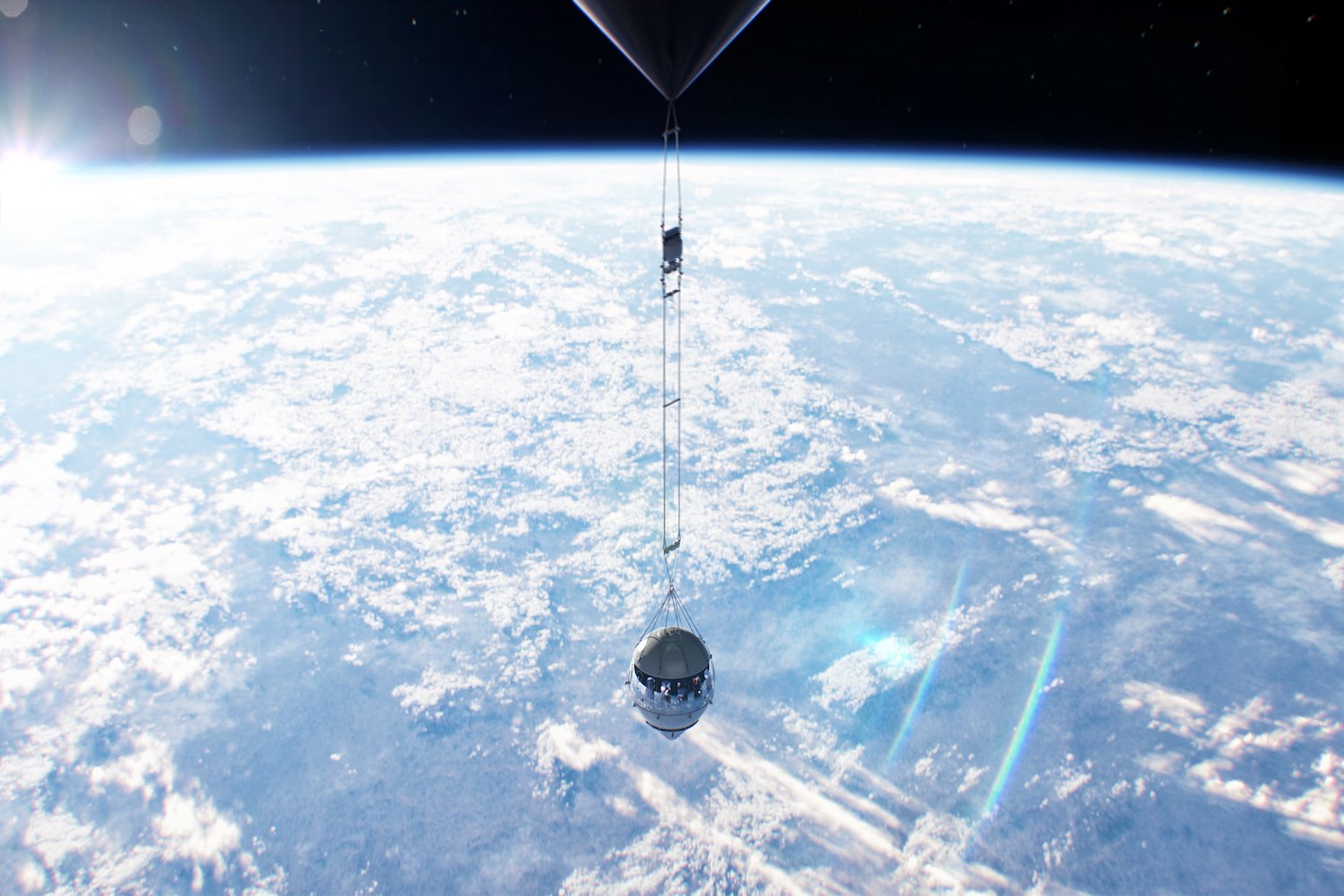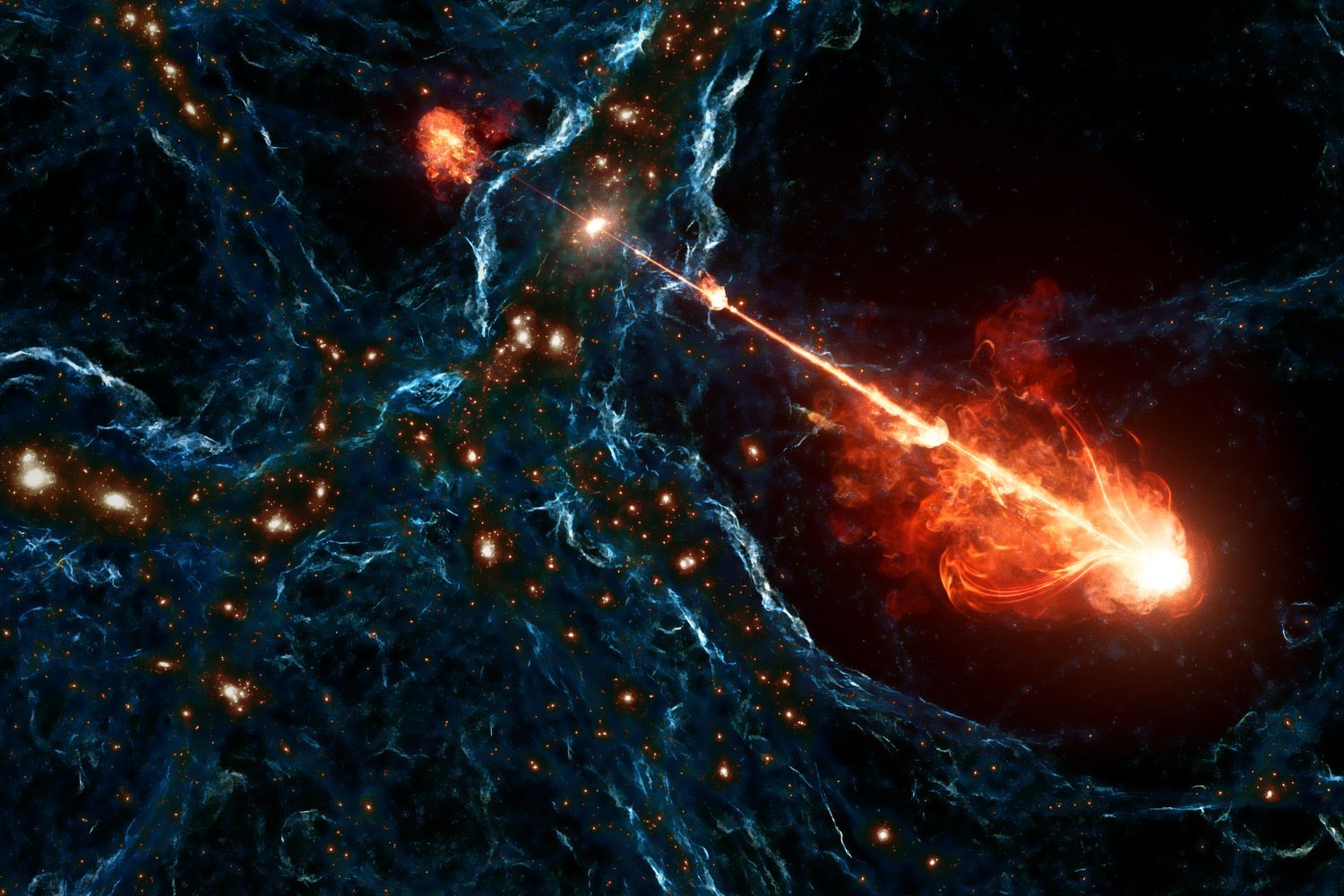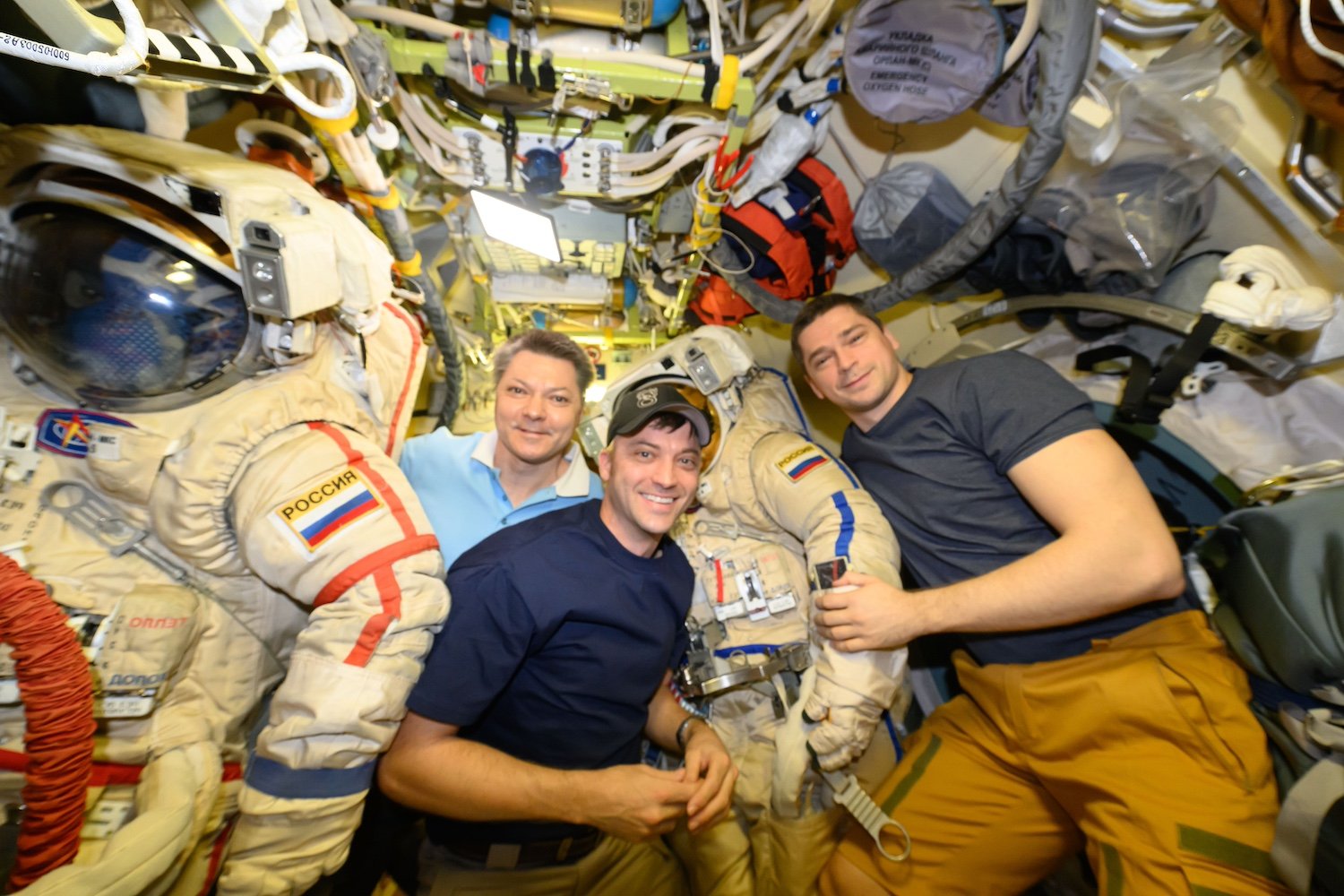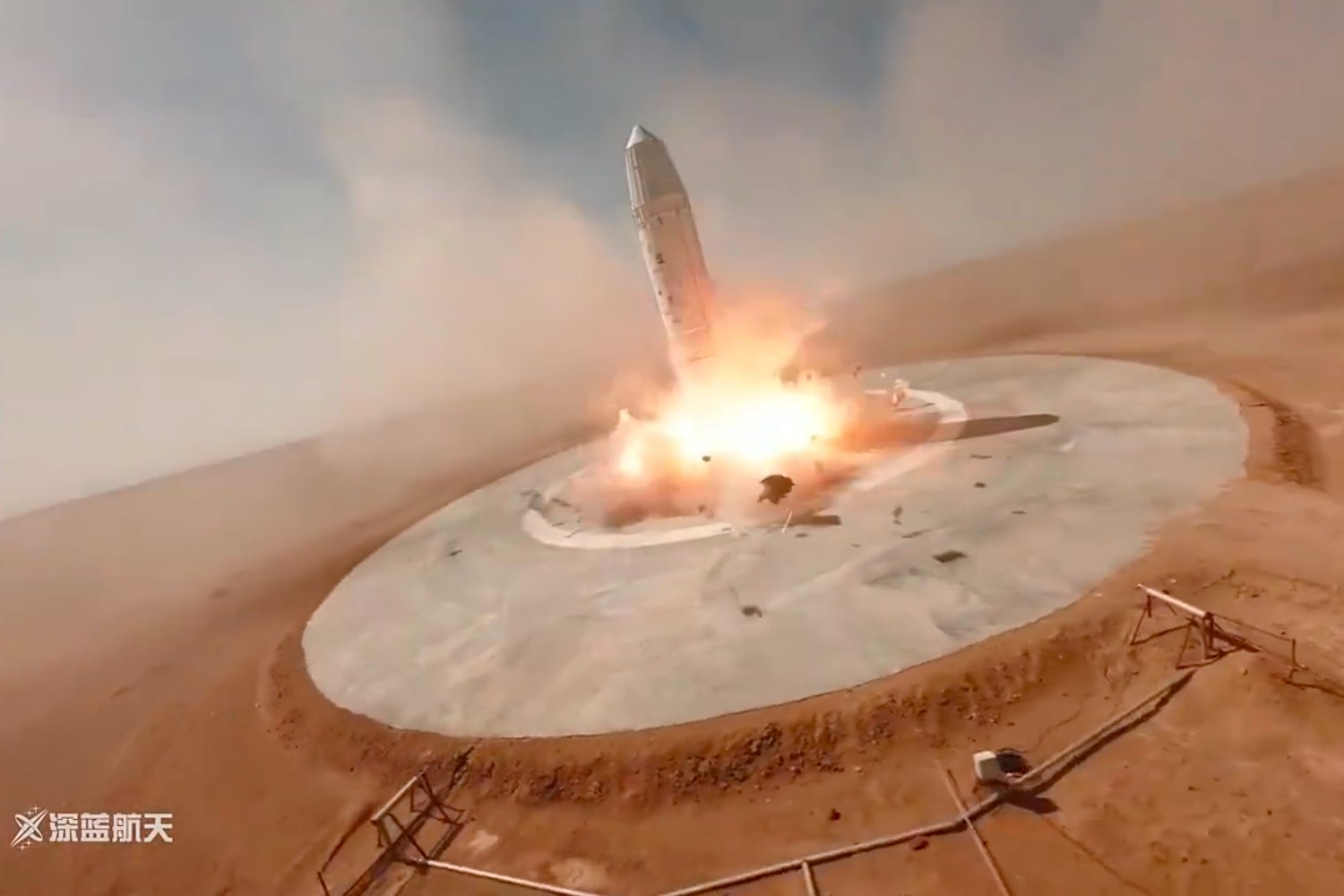The International Space Station (ISS), orbiting 250 miles above Earth, faces a growing threat: an escalating air leak in the Russian Zvezda module. A recent report from NASA’s Office of Inspector General (OIG) reveals the severity of the issue and the potential risks it poses to the crew and the station’s long-term viability.
The OIG report categorizes the air leak as a high-risk issue, citing a concerning increase in the leak rate. Initially discovered in September 2019, the leak originated in the vestibule connecting a docking port to the Zvezda module. By February 2024, the leak rate had doubled, from one pound of air per day to over two pounds. This alarming trend prompted NASA to elevate the leak’s risk level to its highest category.
Beyond the immediate danger of air loss, the report highlights other significant risks, including limited crew evacuation options during emergencies, the lack of a designated deorbit vehicle, and escalating maintenance costs for the aging station. These issues underscore the challenges of maintaining a complex orbital outpost for an extended period.
Initially, the leak was identified in the PrK vestibule, which connects a docking port to the Zvezda module, launched in 2000. The leak rate intensified shortly before the Progress MS-26 cargo spacecraft docked with Zvezda in February 2024. The connecting hatch remained open for five days during cargo transfer, potentially exacerbating the leak.
NASA and Roscosmos, the Russian space agency, have been collaborating to address the leak. Roscosmos expressed confidence in managing the situation by closing the hatch to the service module before the leak reaches a critical level. However, a point of contention remains: the two agencies haven’t agreed on what constitutes a “critical” leak rate.
Currently, both agencies are closely monitoring the leak and implementing mitigation strategies. These include closing the service module hatch when not in use to minimize air loss and isolate the leak. While permanently closing the hatch is a last resort, it would impact ISS operations. It would eliminate a docking port and require more propellant for altitude and attitude control due to changes in the station’s mass distribution.
Despite the high-risk designation, NASA officials recently downplayed the leak’s severity. Robyn Gatens, director of the ISS program, reported a one-third reduction in the leak rate due to recent repairs. However, the root cause of the leak remains unknown, though no other leaks have been detected as of June 2024.
The ISS, nearing 25 years in orbit, is showing signs of wear and tear. While scheduled for decommissioning by 2031, NASA is considering extending its operational life if commercial replacements aren’t ready. However, the OIG report cautions that such an extension would necessitate significant funding and increase risks associated with aging infrastructure.
The report emphasizes the need for continuous repairs and upgrades to essential components, which could become increasingly difficult as suppliers discontinue production. The OIG recommends that NASA develop advanced orbital debris tracking tools to prevent further damage to the ISS and formalize detailed safety contingency plans for the crew.
The ISS has been instrumental in providing access to low Earth orbit. As the era of commercial spaceflight dawns, NASA faces the challenge of transitioning from this vital research platform while ensuring the safety of its crew and managing the complexities of aging infrastructure. The ongoing air leak serves as a stark reminder of the continuous challenges of maintaining a permanent human presence in space.



